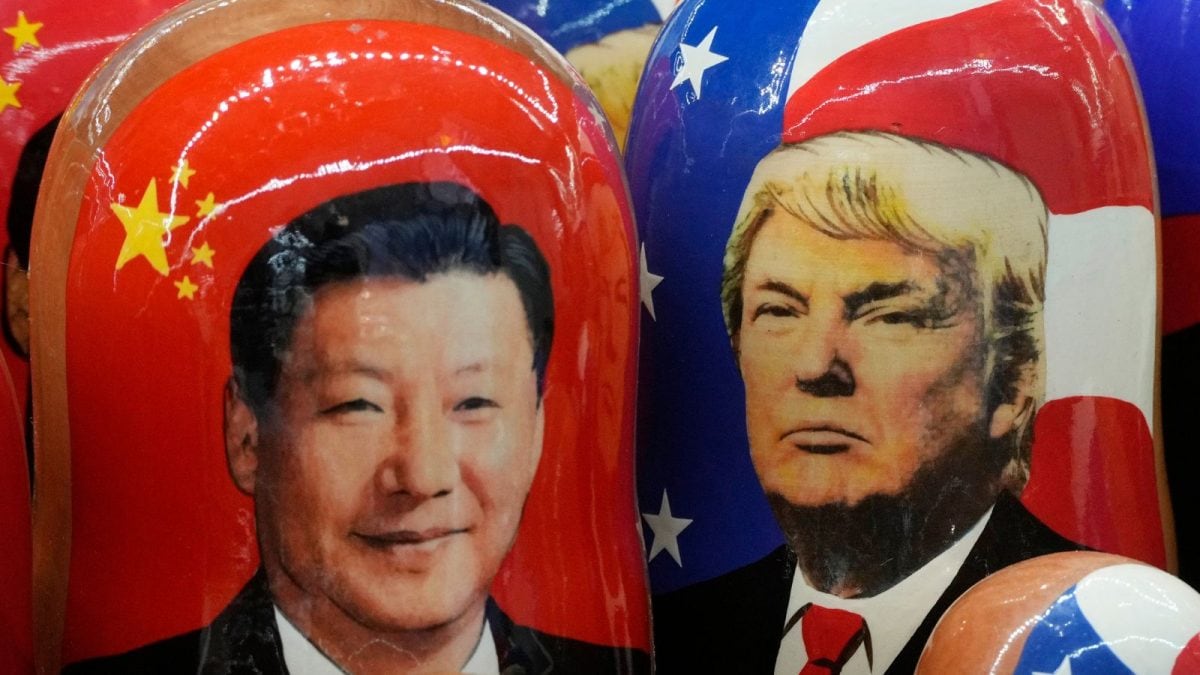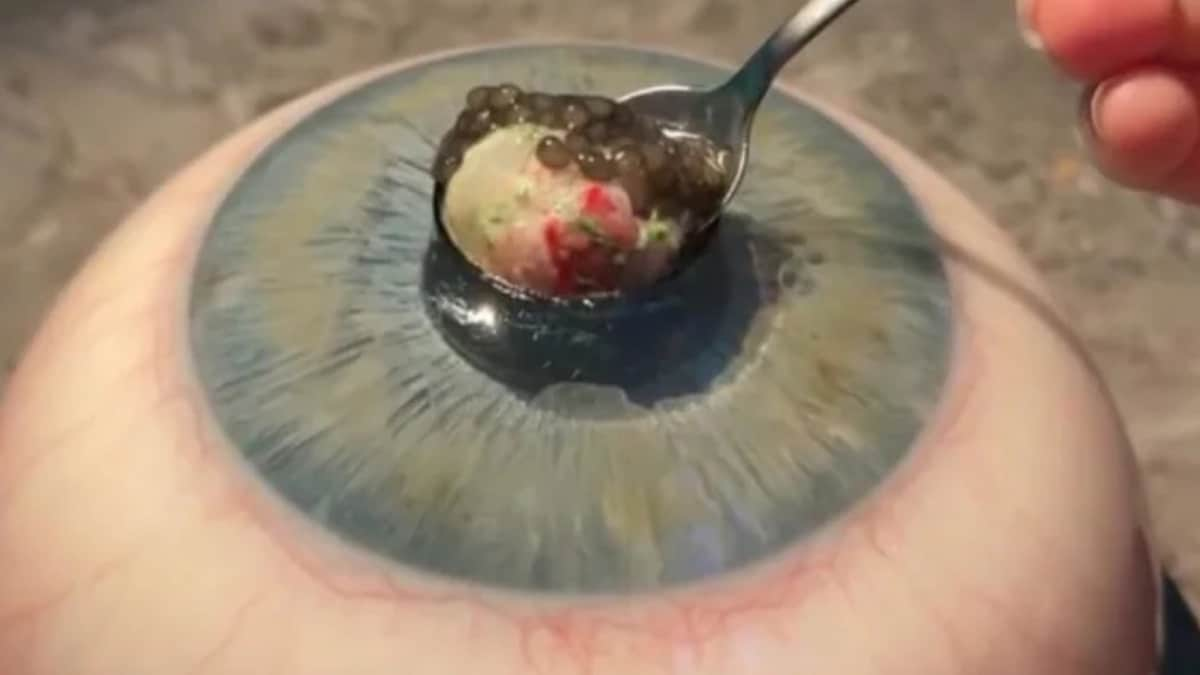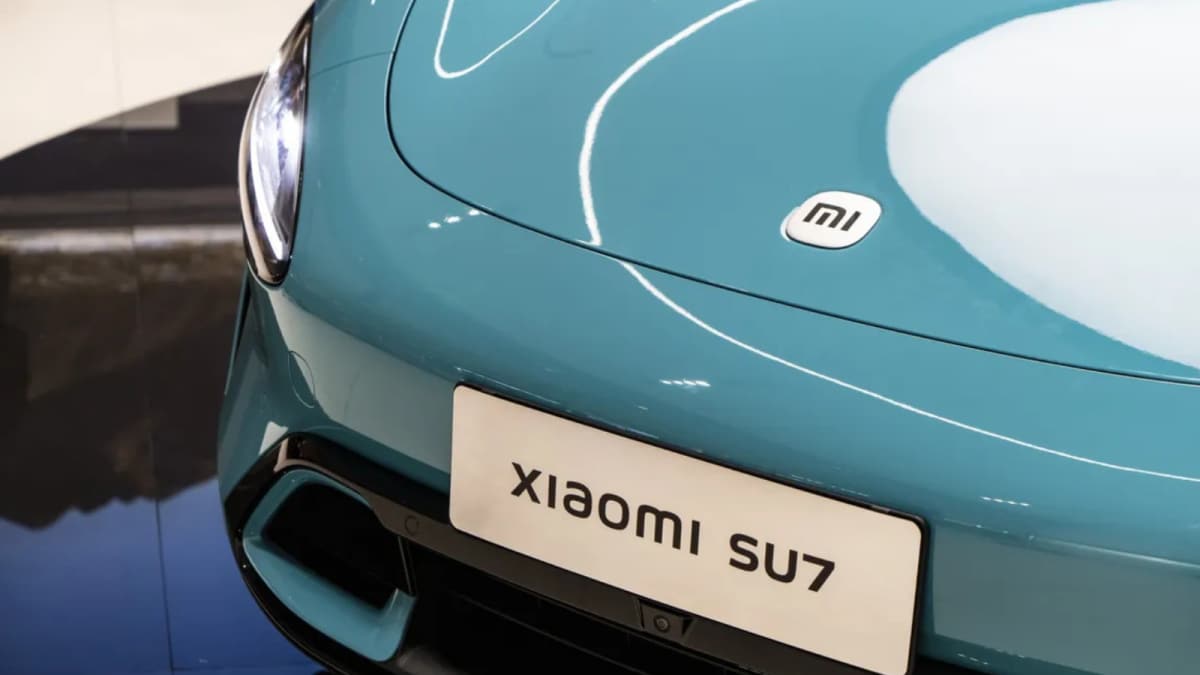In a quiet workshop on the outskirts of Paris, lifelike babies are brought to life without a single heartbeat. At Cinebebe, a specialised brand under Studio Junon, skilled artisans meticulously paint tiny toenails, add delicate strands of mohair, and sculpt miniature limbs to create hyperrealistic prop babies for films and television. From fragile fingers to convincing newborn skin tones, each detail is crafted with precision to make these props indistinguishable from the real thing—until they cry, of course. This series shows an intimate look at the fascinating process behind cinema's most convincing little stars.

This photograph shows the head and legs of a fake baby made for cinema and television created by Cinebebe (Cinebaby), a specialised brand of the Studio Junon -a company creating visual effects- in Saint-Denis, suburbs of Paris. (AFP)
Behind some of cinema’s most convincing newborns lies not a maternity ward, but a quiet workshop on the outskirts of Paris. At Cinebebe, a specialised brand under Studio Junon, artisans breathe life into lifeless silicone—crafting hyperrealistic prop babies with painstaking detail.
Tucked away in Saint-Denis, just outside Paris, a team at Cinebebe spends their days making babies—but not the kind you’d expect. These are hyper-realistic prop babies, designed for movies and TV shows, where using a real infant might be tricky or unsafe.
The process is surprisingly detailed. Artists start with silicone molds, then paint layers of colour to create lifelike skin tones. They add mohair, strand by strand, to mimic baby hair, and even tiny details like rosy cheeks and glossy toenails aren’t overlooked.
While they may look uncannily real, these prop babies serve a simple purpose—making scenes believable while offering flexibility on set. Whether it’s a close-up of a baby’s hand or a sleeping newborn in the background, Cinebebe’s creations quietly play their part in storytelling.
At the centre of it all is Justine Ray Le Solliec, Co-owner of Studio Junon, who helps oversee this blend of art and film magic. It’s delicate, detailed work—but when done right, most viewers never realise the baby isn’t real. And that’s exactly the point.
Published By:
Nishwan Rasool
Published On:
Feb 4, 2025

 1 month ago
1 month ago



















